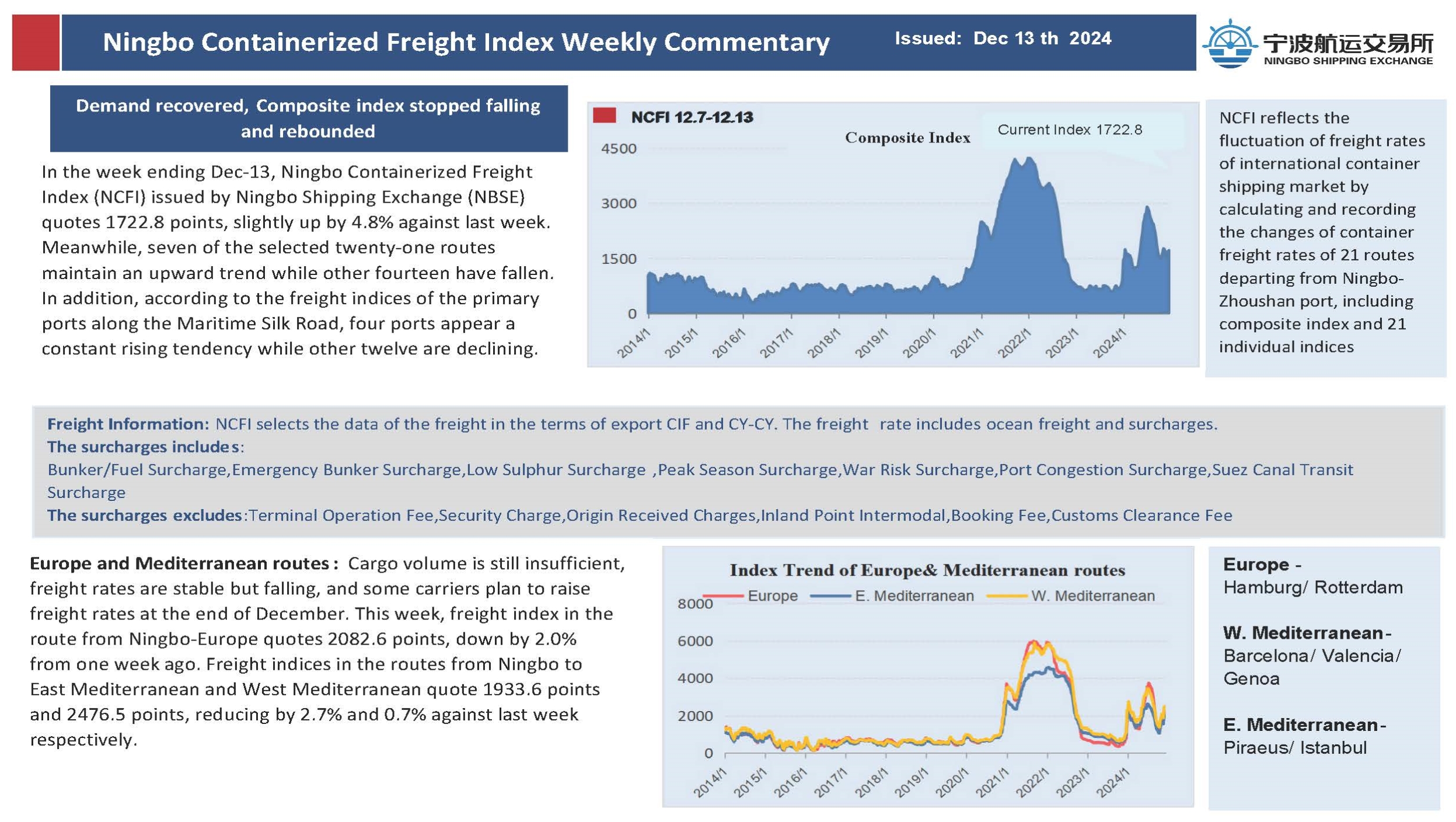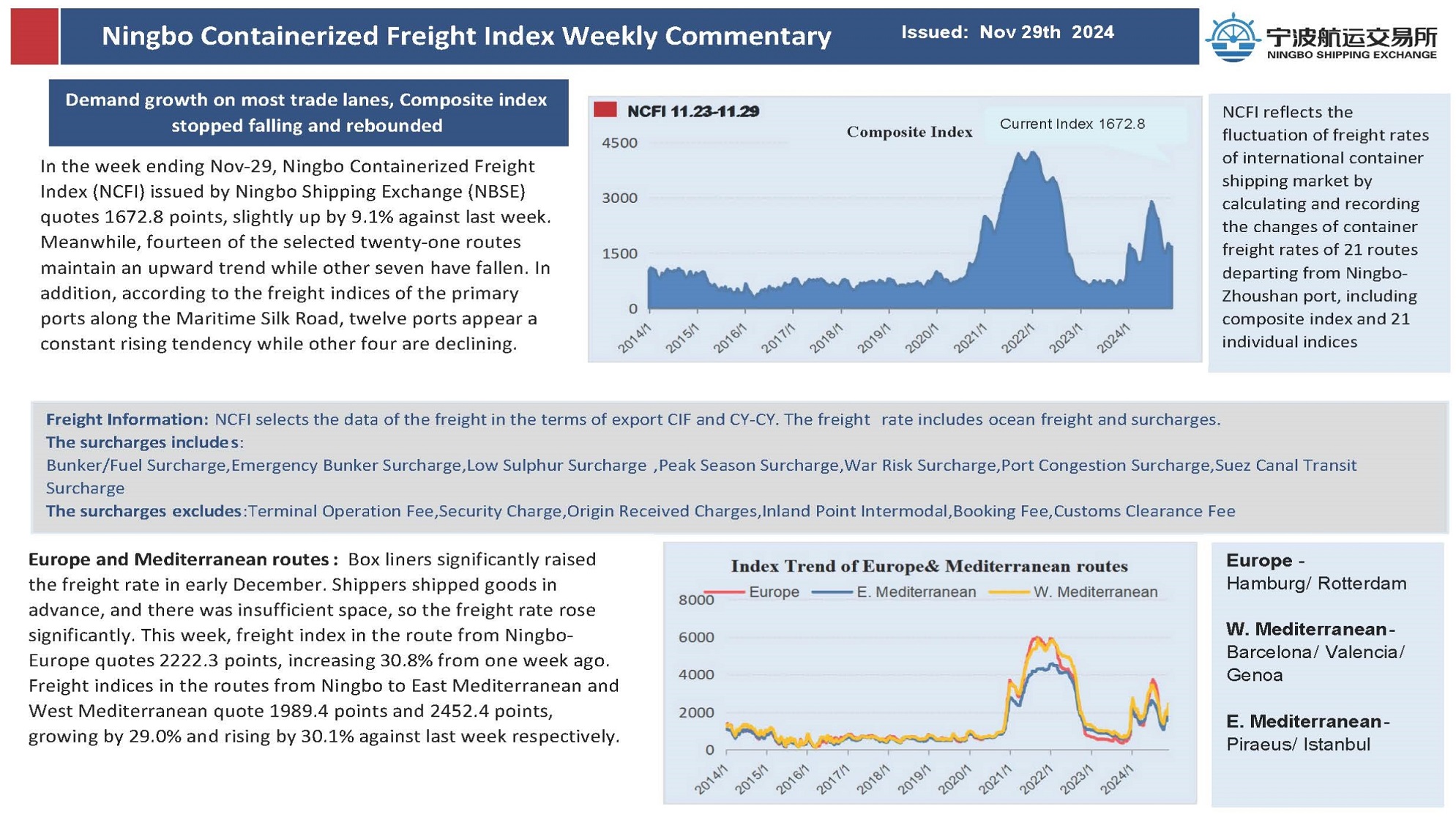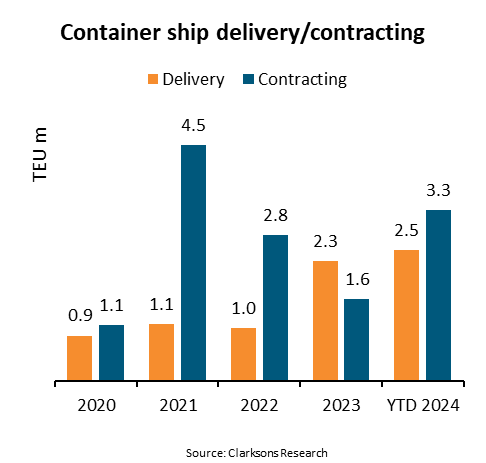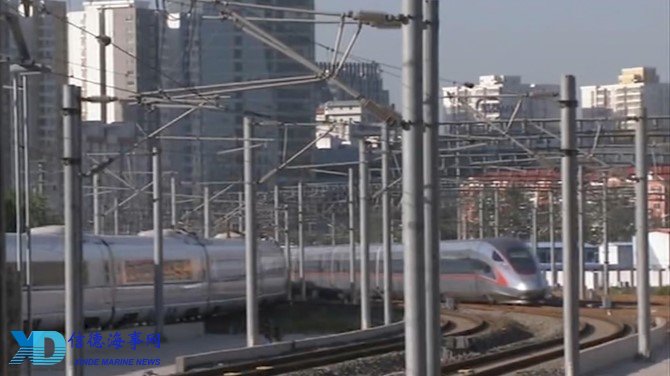
The high-speed bullet train between Beijing and Shanghai – named “Fuxing” meaning rejuvenation – started operating, September 21.
Construction started in April 2008 and completed in November 2010, the Beijing-Shanghai High-Speed Railway is a historic and major step in building China’s high-speed railway network, connecting the country’s two major municipalities and the economic zones surrounding them.
Designed with a maximum speed of 400 km/h and a minimum of 350 km/h, the train is operated by China Railway Corporation (CR) – thus named CR400 – the new bullet train will significantly shorten traveling time between Beijing and Shanghai from six hours to four and a half hours, and three and a half hours between Beijing and Nanjing.
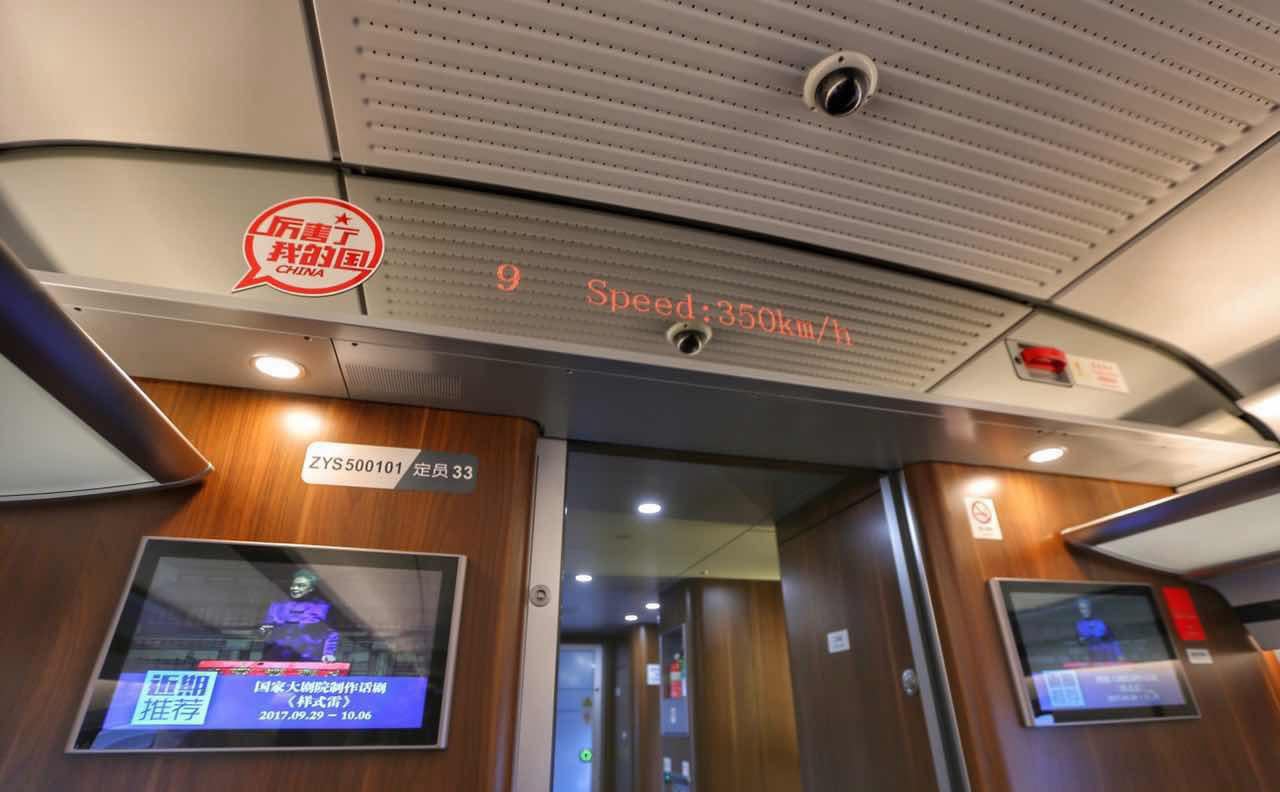
Speed of the train is seen on a screen inside the Fuxing bullet train. /Xinhua Photo
China is said to own full proprietary intellectual property rights for the train, as all parts were developed and manufactured in China. Like other trains in the high-speed railway family, it is also known as a China Standardized EMU (electric multiple unit) train, with the first set “Hexie” – or “Harmony” – starting service in 2007.
Its predecessor– the newest type of Hexie operated by CR and named CRH 380 (China Railway High-Speed 380) – runs at a maximum speed of 300 km/h. Most of the time, it runs at random speeds between 250 and 300 km/h, only hitting the maximum occasionally.
In June, Fuxing successfully completed its first commercial trial run.
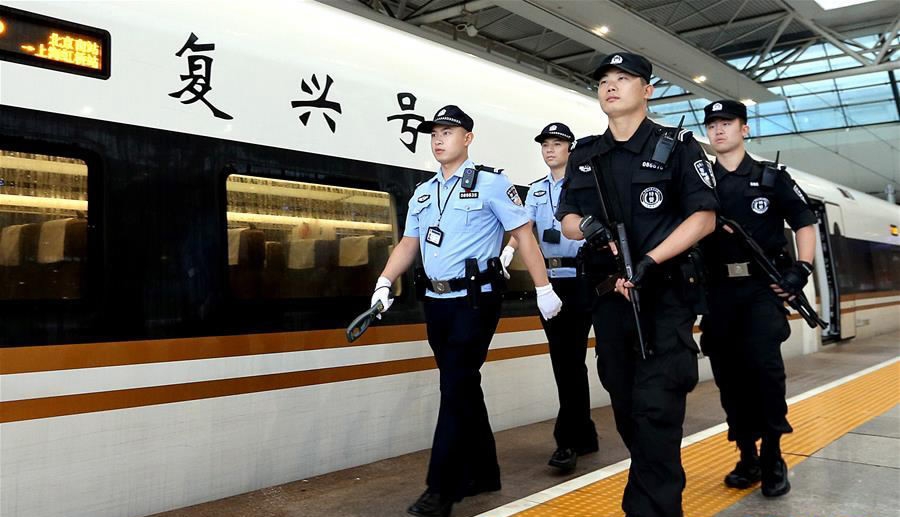
Security for the Fuxing bullet train /Xinhua Photo
New features
One of the most prominent features is the longer life-span of the new bullet train, which is projected to be a decade longer than the Hexie’s 20 years.
The train is also more eco-friendly as its resistance has been reduced by 7.5% to 12.3% compared to CRH380. This lowers energy consumption per hundred kilometers by 17%. Besides its body being streamlined and slimmer, the new design also dramatically reduced resistance experienced at a speed of 350 km/h so passengers will hear less noise inside the train.
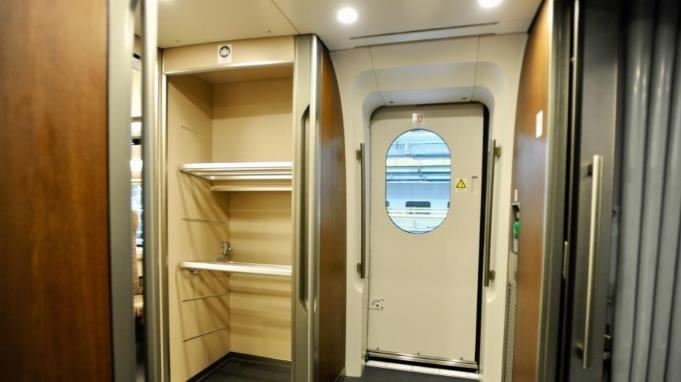
Luggage rack inside the Fuxing bullet train /Xinhua Photo
To accommodate China’s regional temperature differences caused by vast geological separation, the train employs 2,500 monitoring points to supervise temperature inside and outside the train in real-time. Before being officially put into use, Fuxing finished test runs amounting to 600,000 kilometers, which is 200,000 kilometers more than Europe’s standard.
Fuxing’s interior space is also more comfortable as its carriage heights have been increased to around four meters, from 3.7 meters before. Its seat space is at least 102 centimeters wide.

Interior of the Fuxing bullet train /Xinhua Photo
What’s more exciting is that passengers are now able to enjoy free WiFi throughout the entire journey, as well as more phone charging and lights adjusting devices.
The new technology will also be used in the forthcoming high-speed rail project in Indonesia as China welcomes more orders from countries that hope to have high-speed railway services.
Development of China’s high-speed railway
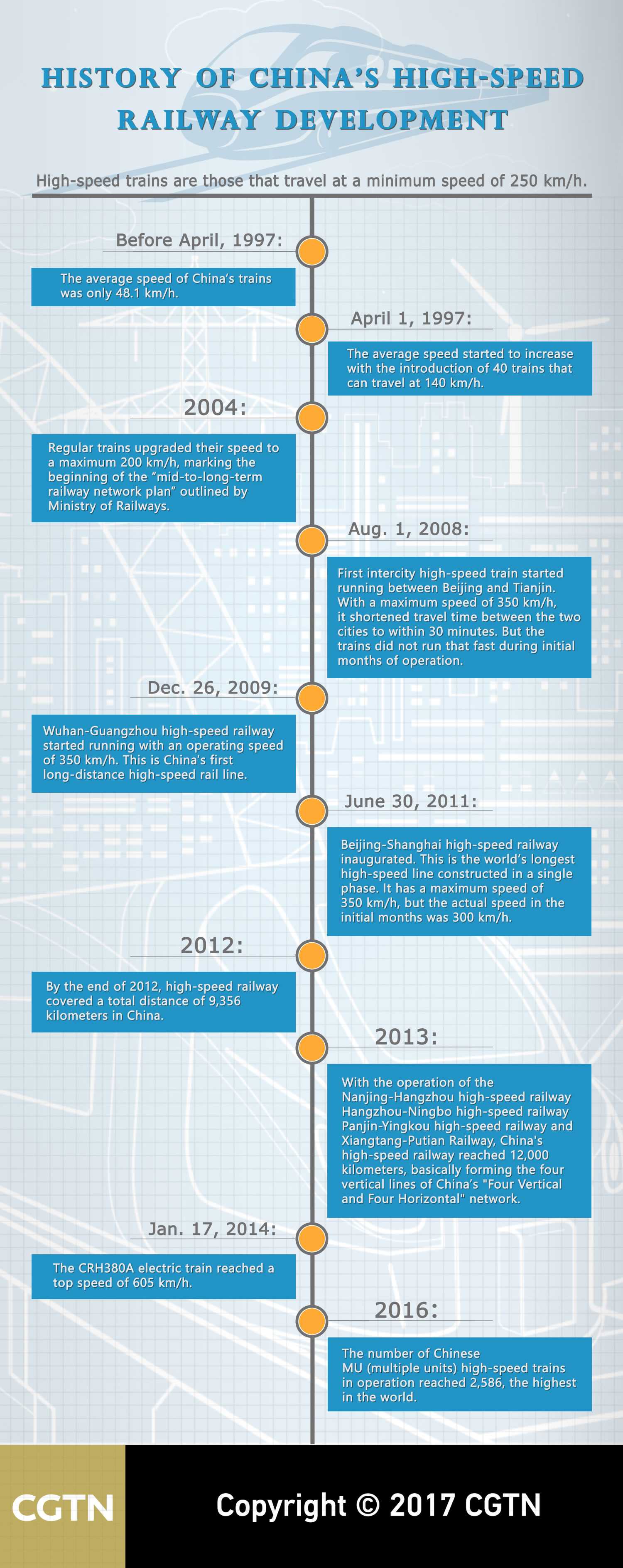
CGTN infographic
By the end of 2016, China had the longest railway network in the world, with a length of 22,000 kilometers, accounting for about 60% of the world’s total, according to China Railway Corporation (CR), the national railway operator.
It was not built in one day. China has started to launch massive scientific and technical research on the design and construction of high-speed railway, train and operations management since 1990s.
China released a “medium and long-term railway network plan” in 2004. It blueprinted its high-speed railway development, under which China experienced a significant development and generated a basic high-speed railway network.
Adjusted in 2008, the plan improved the “Four Vertical and Four Horizontal” strategy put forward four years ago. In the 2016 version, it upgraded this high-speed railway network to an “Eight Vertical and Eight Horizontal” one, linking the north and the south as well as the east and the west.
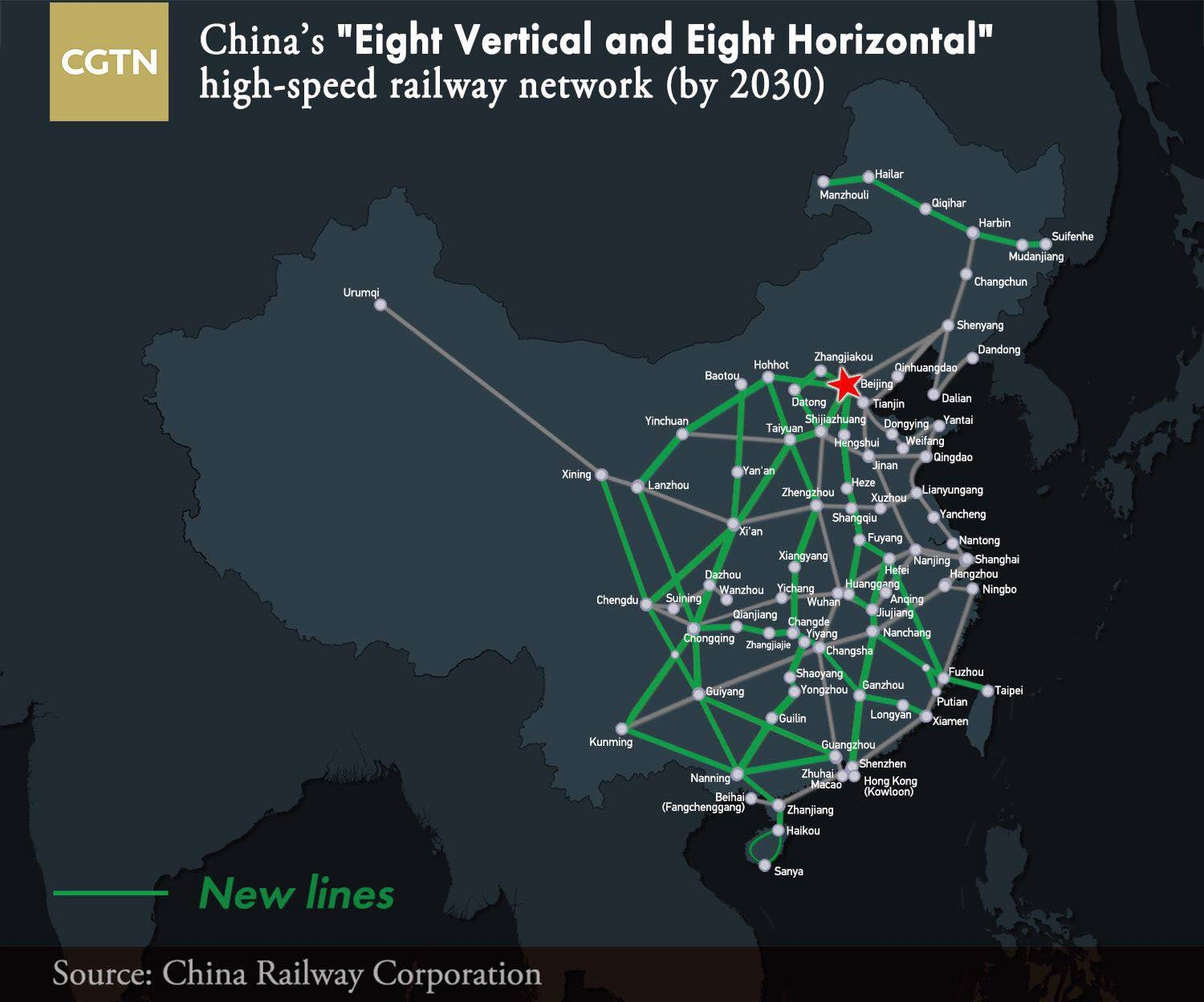
CGTN infographic
China will continue development with the nearest goal to reach a 150,000-kilometer railway network by 2020, of which 30,000 kilometers will be high-speed railway, providing strong support both to fulfill the task in the 13th Five-Year Plan (2016-2020) and build a moderately prosperous society in all respects.
(CGTN's reporter Zou Yun also contributed to this story.)
source:China daily投稿或联系信德海事:
admin@xindemarine.com



